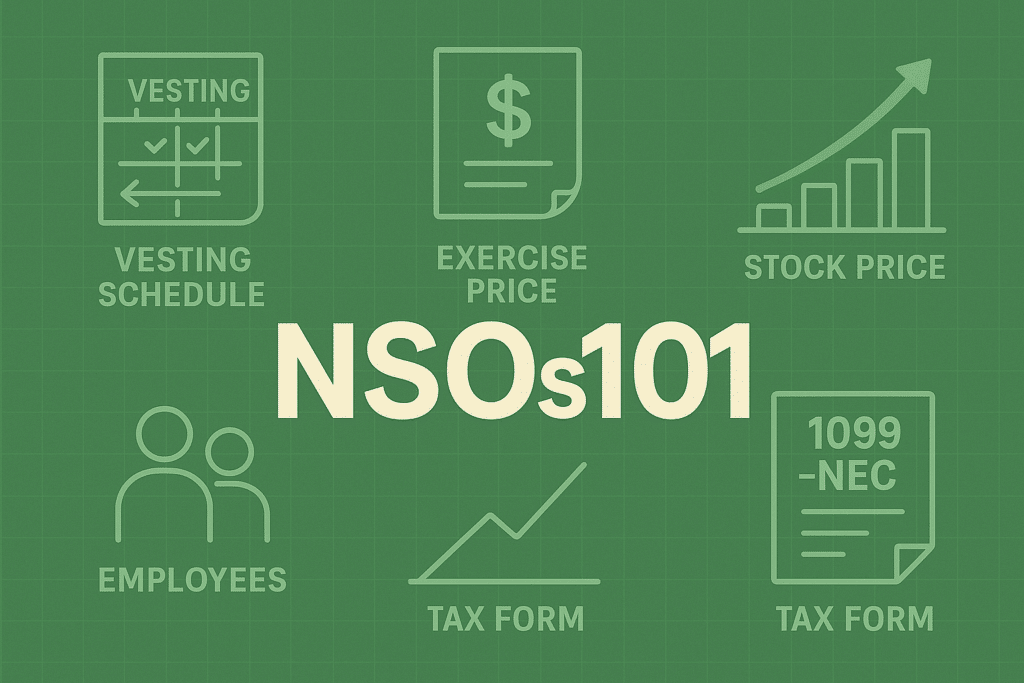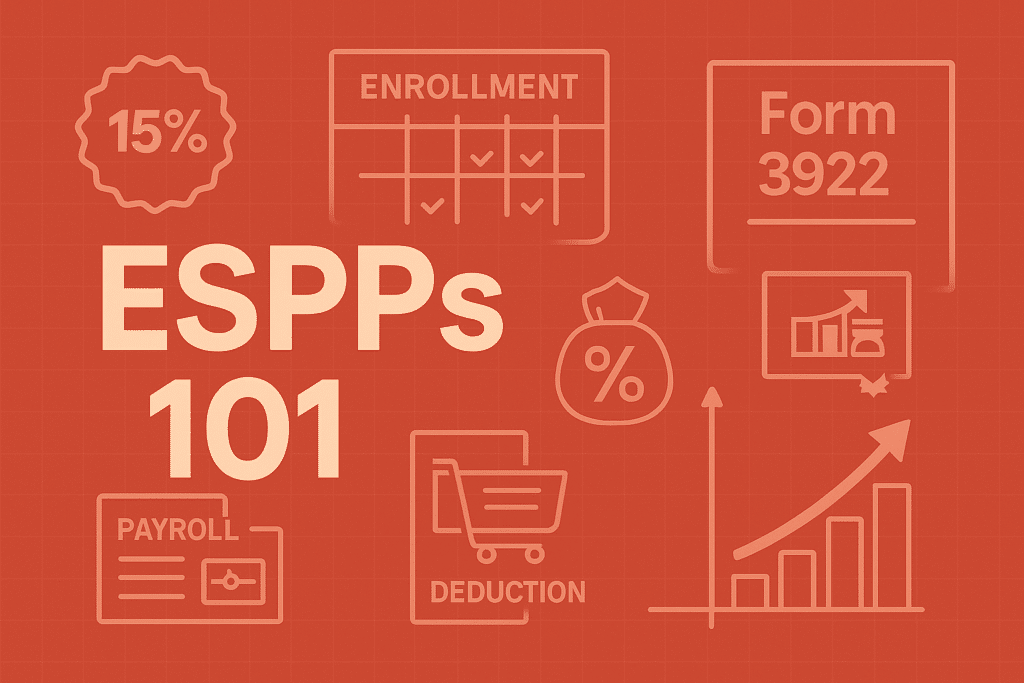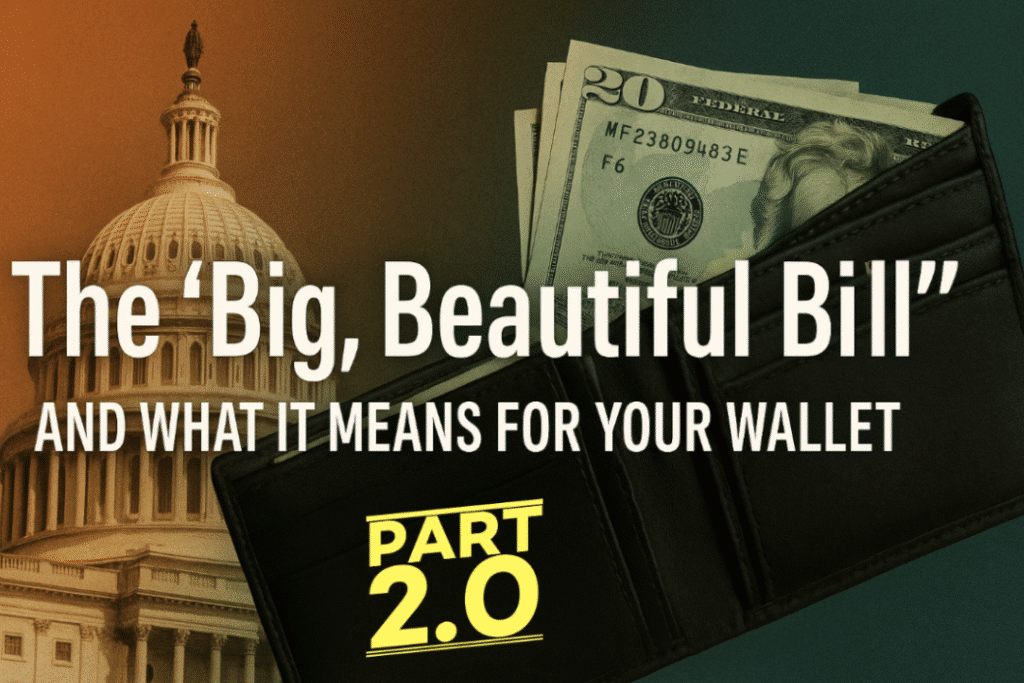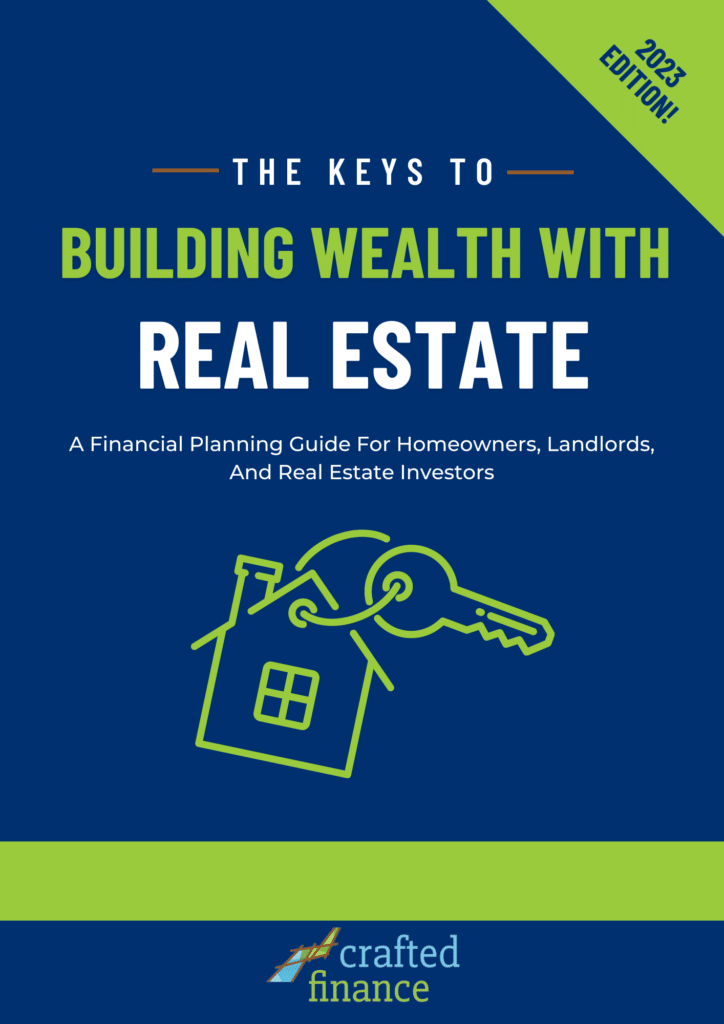A Passage from The Serenity Prayer, one of the AA prayers that is said at every meeting to help recovering addicts:
God grant me the serenity to accept the things I cannot change; courage to change the things I can; and the wisdom to know the difference.
Earlier this year, we hired a new person at Crafted Finance. Her name is Didi, and she is amid a career change into financial planning and investment advice. Before she was hired, I knew she was curious about this business when she immediately gave me the names of some books to read. One of them was The Uncertainty Solution by John Jennings. I took her advice and read the book almost immediately. I was drawn to this book recommendation because when you’re in charge of keeping a group of clients on track to reach their investment goals, I sometimes need a “centering” influence to remind me of how to invest well.
Even I, a professional financial advisor, can succumb to mirages when the times seem bleak.
So far this year, there has been a large uptick in our clients’ collective outlook for the future. I don’t mean that all our clients believe they should stock up on Ramen noodles and toilet paper, but their collective view of the outside world is becoming more pessimistic. I can sense it in every meeting, every email, or every phone call. I can also feel their grasp at predicting what is going to happen next. The old crystal ball, if you will. Most people are wise enough to admit they have no idea what the future holds, and I hope I give off the same vibe when I’m talking to clients that I will not predict the future accurately either.
To accept that you don’t know the future, it turns out, is a hard task. And I loved the way that this book, The Uncertainty Solution, shared stories and examples to help us accept what we can’t control and pay attention to the things we can.
Why We Loved This Book (And Why You Should Check It Out)
Jennings doesn’t just explore investment uncertainty—he unpacks it from all sides. The Uncertainty Solution blends timeless financial advice with sharp behavioral insight. Whether you’re managing your own portfolio or just need a smart reminder to follow a plan, we found these standout themes both relevant and refreshingly practical:
Revisiting Core Principles That Actually Work: Instead of chasing the latest trend, Jennings zeroes in on the basics: control what you can. He makes a compelling case for focusing on low fees, smart asset allocation, and consistent rebalancing. These aren’t flashy strategies—but as he shows through examples and data, they tend to outperform over time, especially when market noise tempts investors into costly detours.
Do Less, Win More: Simplicity isn’t just elegant—it’s effective. Jennings argues that one of the most overlooked advantages in investing is inactivity. Frequent trading, daily portfolio monitoring, and reacting to short-term news often backfire. He suggests guardrails like quarterly check-ins and pre-set rules to help remove emotion from decision-making and keep your strategy on course.
Plan for the Punches, Not Just the Averages: Markets don’t move in neat, predictable patterns—and they certainly don’t care about your projections. Jennings highlights how statistical models underestimate those rare but extreme market moves. Building resilience into your plan with cash buffers, defensive assets, and downside strategies that let you stay invested without being blindsided, might be just what you need to avoid huge mistakes. .
The Wisdom Hierarchy Pyramid (Wisdom > Knowledge > Information > Data): In the modern age, investors are drowning in data but starving for wisdom. Jennings draws from the “Wisdom Hierarchy” model to clarify the difference: data is raw and unfiltered, information gives it context, knowledge adds understanding—but wisdom is knowing what matters and what to do with it. It’s the difference between knowing market cycles and knowing when to sit still. Wisdom tends to sound simple—like “don’t risk what you need for what you don’t”—but it’s hard to act on in real life. That’s what makes it so powerful.
We Crave Patterns, Closure, and Control—But at a Cost: Jennings dives into behavioral psychology to show how our brains desperately want certainty—even if it’s manufactured. We connect dots where none exist, fall for “just-so” stories, and jump to conclusions just to feel in control. He explains how these mental habits create illusions of predictability, which lead to overconfidence and, often, poor financial decisions.
Groupthink and Expert Worship Can Lead You Astray: It’s easy to outsource your thinking to a well-spoken expert or lean on the consensus of peers. But Jennings reminds readers that popular doesn’t equal right. He challenges the idea that predictions—even those backed by credentials—should drive your investment strategy. Instead, he advocates for independent thinking grounded in process, not personality.
Discomfort Isn’t Always a Call to Action: One of the book’s most actionable insights is learning to sit with discomfort. Jennings explains discomfort isn’t always a reason to do something—sometimes it’s a signal to wait and observe. Sitting with uncertainty rather than reacting to it can be one of the most powerful behavioral habits an investor develops.
Build a Mental Framework Before You Need It: Jennings emphasizes that the time to build your response plan is before the storm hits. He introduces the idea of creating a mental model—a decision framework that you trust—so when markets get messy, you don’t have to rely on gut instinct. This includes preparing for different outcomes, setting behavior rules, and having pre-committed strategies to fall back on when uncertainty strikes.
Final Thoughts: A Must-Read for Right Now
I’ve barely touched on everything Jennings covers in The Uncertainty Solution. What is shared here are just a few highlights—core ideas that stood out because they feel especially timely. What I appreciated most from the book was that it doesn’t have too much technical jargon and I felt like he wrote the book more for a client of a financial advisor, and not people like me.
From layered examples that bring each concept to life to mental models that actually help you apply what you’ve learned, Jennings builds something much richer than a typical investing book. It’s clear, relatable, and yes—even visually engaging. (If you’re a visual thinker, you’ll appreciate the smart-looking diagrams and infographics that help break down big ideas.)
This short review can’t do full justice to the book. The real value comes from reading the book yourself—shelving it afterwards, and then reading it again when you need to. That’s how I feel, I’ll read it several times before I die… It is that helpful. .
You can find it on Amazon here, or check out this podcast to hear from Jennings himself!
And if you’d like help applying some of these ideas to your own financial plan—especially in uncertain times—we’d be happy to have that conversation. You don’t need to predict the future. But you can prepare for it.












